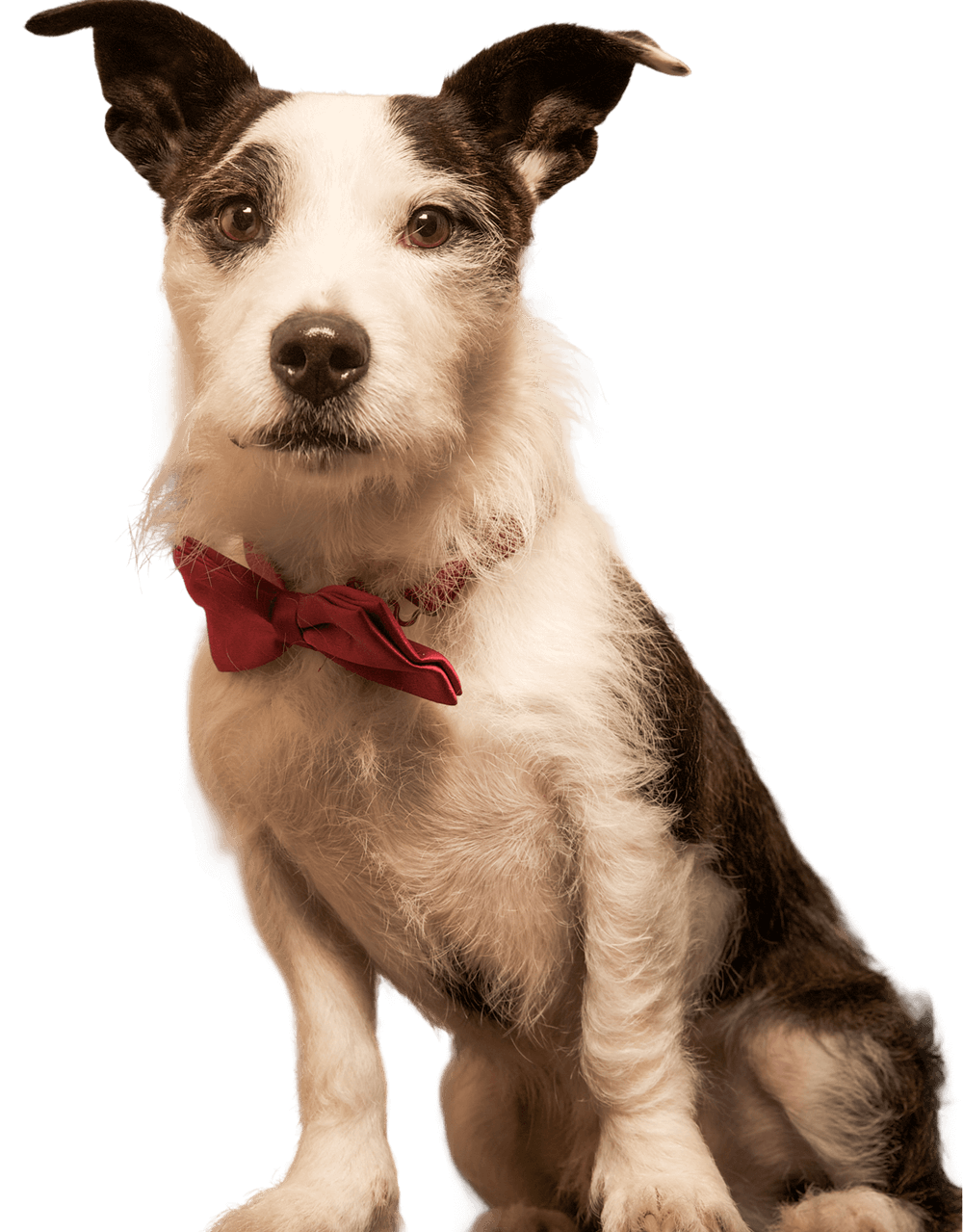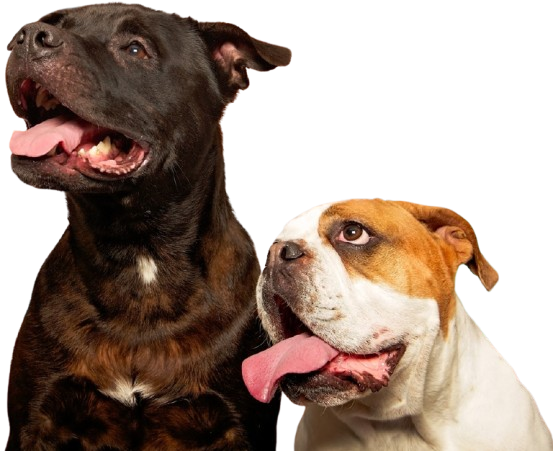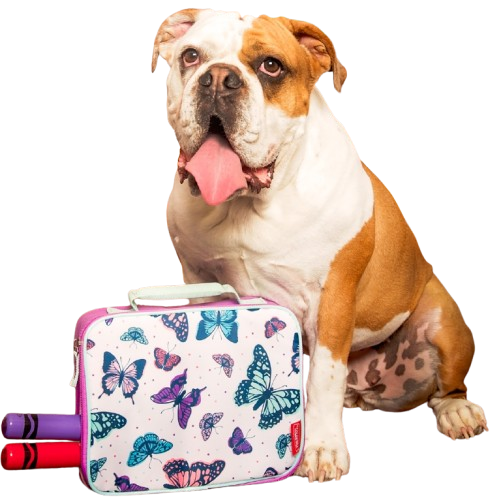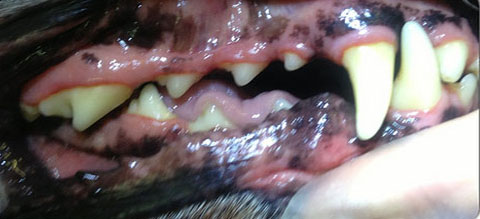The In’s and Out’s of Tartar and What it does to our Dogs!
The In’s and Out’s of Tartar and What it does to our…


Please visit our First Appointment page to access our how to book section, make your deposit payment and access our event calendar
Book a location in







The In’s and Out’s of Tartar and What it does to our…
In this blog we will be touching base on 2 different conditions…

This is definitely our most frequently asked question! Most of our clients come in being uncertain about whether their dog will cooperate – and we can tell you from experience that we are able to successfully calm and clean more than 99% of the time!
Check out Our videos on Youtube to see how we hold and lay down the dogs.
Your pet lies on the floor on a supportive dog bed with their head in our lap. With small dogs, we may swaddle them in a towel to make them feel more secure. Someone is always available for belly rubs and we always talk to the doggies to help them understand that they are safe and that we are there to help. We hand scale their teeth with manual dental instruments on the inside and outside surface of the teeth, removing the tartar build up. When we are done scaling, we gently polish the teeth with prophy polish and a toothbrush. When the cleaning is over and you are back to pick up your dog, you will receive a report card telling you what we were able to see during their appointment as well as a loyalty card and possibly a chart of your dogs teeth with any notes about specific areas that we want you and your vet to keep an eye on or inspect further. We do not diagnose or treat any infections or disease so the dental chart will not be meant as anything more than just a reference guide to what is visible in your dogs mouth.
When you come in for your appointment we will look in your pet’s mouth to check for any obvious problems. If we see anything that appears irritated, loose, broken or just out of the ordinary, we will recommend that you see your vet to have a dental cleaning under anesthesia and there will be no charge. Before we get started we will check the mouth for: tooth mobility, visibly apparent gum recession, breaks/chips, bleeding/swollen gums, tissue injuries or signs of infection. If during the appointment we find any problems that we didn’t see right away, we will either call you or put the information on your report card so you can discuss any further action with your own veterinarian.
Yes, we carefully polish the teeth at the end of the dental cleaning. We also do not use a mechanical polisher as the noises and vibrations may frighten the doggies. We use a toothbrush to gently and effectively polish the teeth.
We do a great job of cleaning the inside and outside surfaces of your dog’s teeth, but our services are considered hygienic and not a medical procedure. We can help your doggie maintain a clean mouth, but if there are already issues with infection or disease, we are not able to treat or diagnose anything and may not be able to help you reverse those issues. We take care to do a great job every time; however, there are circumstances where we might not be able to remove all the tartar and may refer you to your veterinarian – for example when there are deep pockets, root exposure or excessive wiggling. If we are not able to complete the cleaning, there is no charge for the visit. No method is completely effective long term unless maintenance is practiced at home. So don’t forget to brush! Imagine if you depended on your hygienist to keep your teeth clean without doing your daily oral care routine at home – not a good idea!
Dogs are very resilient when it comes to healing and leading a normal life after dental surgery with your vet. We have seen many dogs who have little to no teeth left who still love to grab a hold of their bully stick or their big brothers crunchy kibble! They may not even realize that any teeth are gone – they just know that they feel much better. Some adjustments to diet may be needed but they can be very simple. Soft food like a raw diet can be really easy for dogs who have little to no teeth to switch to, or even soaking their favourite kibble in some warm water will soften it up enough for them to be able to eat it. The most important thing to remember is that your dog will be happier and healthier after their bad teeth are extracted.
We can clean along the gum line but we do not clean out deep gum recession. We do not measure depth of gum recession and would not be able to know how deep we could go before our sharp tools would hit tissue and that would be painful! Our doggies also don’t understand the “say ahhhh” command like we do when we see our dentist so we can’t guarantee that doggies wont move unexpectedly and therefore we always want to take precautions to avoid injuries and will not place our tools in dangerous areas. We can however clean the tartar around the gums and because gums are pliable we can move them to remove tartar that may be accumulated right along the gum line. Gums have a natural overhang of a few millimeters and in our opinion it is not painful or dangerous to clean within that area.
There actually is a big difference! Even though the veterinary option is called a “teeth cleaning” they actually do a lot more when done properly. Not only do they clean, but also they can diagnose and treat diseases and infections and can clean into deep pockets. They may do x-rays and measure pockets as well as part of their diagnoses process. These are all things that we cannot do when the dog is awake and/or do without a veterinarian present. We can look for abnormalities in the mouth but would not know if they were actually a problem. If we see any, these would be the times when we will refer dogs back to their vets. Because we are not veterinarians we cannot provide any type of diagnoses or treatment of disease as that would begin to tread in veterinary medicine and would be against the law. We provide a hygienic service to keep your dogs mouth cleaner.
BRUSH YOUR DOGS TEETH! If you never brushed your own teeth at home would you expect to have great dental check ups? Probably not. But still so many people don’t understand the importance of at home regular care. Without this aspect most dogs will slowly develop gum disease, which can snowball into full-blown infections and other periodontal issues (issues with the structures supporting the teeth and mouth, such as bones). Also natural chews (bully sticks, raw and dehydrated bones, etc.), supplements and the dental sprays and gels are also great, but will not replace a toothbrush.
We love using coconut oil as a natural toothpaste. The same stuff you use at home for cooking is perfect. We are supportive of any dental treat as long as it something they actually have to chew on. Things that crumble like a cookie tend to do very little in our opinion.

